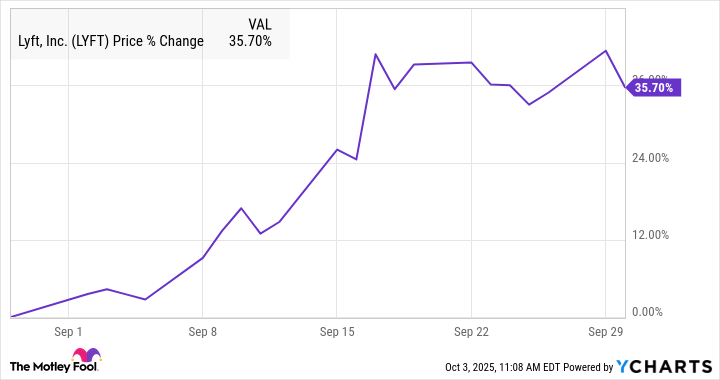Why SES AI Stock Jumped 75% This Week
Is SES AI the next investment target for the U.S. government?
SES AI (SES 2.01%) stock exploded this week, soaring 77.7% at its highest point in trading in the week through 1:30 p.m. ET Friday, according to data provided by S&P Global Market Intelligence.
While the little-known company was busy with the launch of an advanced artificial intelligence (AI)-powered software for discovery of battery materials, investors couldn’t stop piling into its shares in anticipation of a potential investment by the U.S. government.

Image source: Getty Images.
SES AI has big hopes from its new launch
SES AI uses AI to discover electrolyte materials and builds lithium-metal and lithium-ion batteries. These batteries have extensive usage, including in electric vehicles (EVs). battery energy storage systems, drones, robotics, and urban air mobility.
While SES AI is building EV batteries and has shipped advanced samples to original equipment manufacturer (OEM) partners for testing, it has also launched an AI software called the Molecular Universe (MU) that can be used by companies to research and develop novel battery materials to address their battery challenges.
On Oct. 7, SES AI announced that it will launch an advanced version of the software, Molecular Universe 1.0 (MU-1) on Oct. 20. MU-1 covers a wider range of electrolytes and could help the company enter new markets like oil and gas, specialty chemicals, and personal care.
Most importantly, SES AI aims to grow into a subscription-based company by offering subscription plans for MU-1 to enterprise-level customers. During the Oct. 7 event, founder and CEO Qichao Hu said the company has received “tremendous response” for MU, has already generated revenue from two joint development customers, and is converting several of its enterprise-level customers to subscriptions. Hu expects these subscriptions to drive its revenue in the coming quarters.
Keep SES AI stock on your watch list
SES AI stock hit the bull’s-eye this week as the powerful combination of AI and lithium captivated the markets, boosted by the AI boom and President Donald Trump’s bold moves to acquire stakes in several critical materials companies, including lithium miner Lithium Americas.
While investors are also betting big on SES AI stock hoping it will also attract a strategic investment by the U.S. government, I see little chance for that given that the company mainly has operations outside of the U.S.
That said, the potential for recurring revenue from MU subscriptions and SES AI’s projection of almost 7 to 13 times growth in revenue this year are worth watching.
Neha Chamaria has no position in any of the stocks mentioned. The Motley Fool has no position in any of the stocks mentioned. The Motley Fool has a disclosure policy.











